Ever notice your senior dog having a little extra trouble at mealtime? As our dogs get older, eating isn’t always as easy or enjoyable as it used to be. Issues like sore teeth, stiff joints, slower digestion, and even just a drop in appetite can make mealtime more of a struggle.
If your older pup is facing these kinds of feeding challenges, puzzle feeders might just be the perfect solution. They’re not only fun but can help with a lot of the issues that come with aging. Let’s dive into some common challenges older dogs face at mealtime and see how puzzle feeders can make life easier—and tastier!

Problem-Solution Guide: How Puzzle Feeders Help Your Older Dog
Challenge #1: Chewing Hurts Because of Dental Issues
- The Problem: As dogs age, dental issues become all too common. Whether it’s a sore tooth, gum problems, or just sensitive teeth, chomping on hard kibble can be pretty uncomfortable.
- How a Puzzle Feeder Helps: With a puzzle feeder, you can soften their kibble or use gentle treats to make chewing easier on their teeth. Plus, the added mental challenge can make eating more engaging—so they’re having fun and not focused on any discomfort.
Tip: Go for a puzzle feeder with softer, rounded edges that won’t poke or irritate sensitive gums.

Challenge #2: Digestive Slowdown (Plus the Bloat Factor)
- The Problem: Just like us, as dogs get older, their digestion tends to slow down. Eating too quickly can lead to bloating and digestion issues, and let’s face it—no one feels good after that.
- How a Puzzle Feeder Helps: Puzzle feeders naturally slow down eating by making dogs work a bit for their food. Studies show that eating at a slower pace can improve digestion and help older dogs absorb nutrients better. It’s basically a win-win for their tummy and overall health!
Did You Know? Slower eating can actually reduce the risk of bloat, a serious condition that affects a lot of larger and senior dogs.
Challenge #3: Sore Joints Make Eating Uncomfortable
- The Problem: With age, many dogs develop arthritis or joint pain, making it tough to bend down to eat or hold certain positions for long periods. If mealtime hurts, they’re less likely to finish their food.
- How a Puzzle Feeder Helps: Puzzle feeders can be slightly elevated or adjusted to different heights, which can take the strain off your dog’s neck and joints. They’re able to eat in a more comfortable position, so mealtime becomes less of a workout and more of a treat.
Pro Tip: Adjustable-height puzzle feeders are awesome for dogs with arthritis or back issues. Just a little lift can make a big difference!
Challenge #4: Declining Mental Sharpness
- The Problem: Cognitive decline is pretty common in older dogs, which can lead to a lack of interest in regular activities, including eating. Without enough mental stimulation, they can get bored or even anxious, making them less excited about mealtime.
- How a Puzzle Feeder Helps: Puzzle feeders bring a little bit of brain exercise to the table. By encouraging dogs to work for their food, they get mental stimulation that keeps them engaged and focused. It’s a fun challenge that can help maintain their cognitive sharpness while keeping them calm and content.
Fun Fact: Mental engagement during meals can actually help reduce anxiety, leaving your dog happier and more relaxed.
Challenge #5: Loss of Appetite
- The Problem: A lot of older dogs just don’t get as excited about food as they used to. Whether it’s from health issues, changes in metabolism, or simply age, a reduced appetite can lead to weight loss and missed nutrients.
- How a Puzzle Feeder Helps: Puzzle feeders turn eating into a game, which can spark interest in food. If it feels less like “just another meal” and more like a fun activity, they’re more likely to dig in and finish their meal, helping them get the nutrients they need.
Quick Tip: Try adding a few treats or some soft food into the puzzle feeder along with their kibble. A little “extra something” can go a long way in keeping them interested!
Quick Recap: How Puzzle Feeders Help Older Dogs
Here’s a handy checklist to see how puzzle feeders can make mealtime easier for your senior dog:
- Dental Relief: Use soft-edged feeders and maybe moisten kibble for easy chewing.
- Better Digestion: Slow feeders help prevent bloat and aid digestion by naturally slowing down eating.
- Joint Comfort: Adjustable feeders mean less strain on achy joints.
- Mental Stimulation: Keeps them engaged and happy, which can help with cognitive health.
- Boosted Appetite: Make mealtime more of a game to encourage eating.
Conclusion
Getting older can bring some feeding challenges for our furry friends, but with a puzzle feeder, you can turn these hurdles into a happier, healthier mealtime experience. Puzzle feeders aren’t just for the young and energetic—they’re perfect for keeping senior dogs engaged, comfortable, and well-fed.
Ready to make mealtime better for your aging dog? Check out Puzzle Feeder’s eco-friendly options designed for dogs of all ages and needs. With the right feeder, your senior pup can enjoy a healthier, happier mealtime every day.


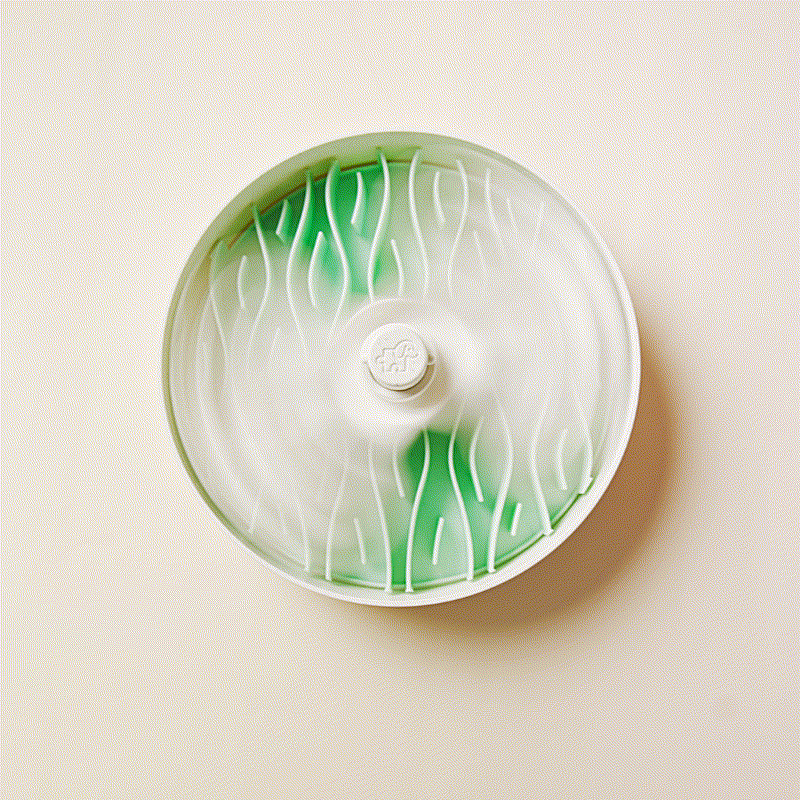
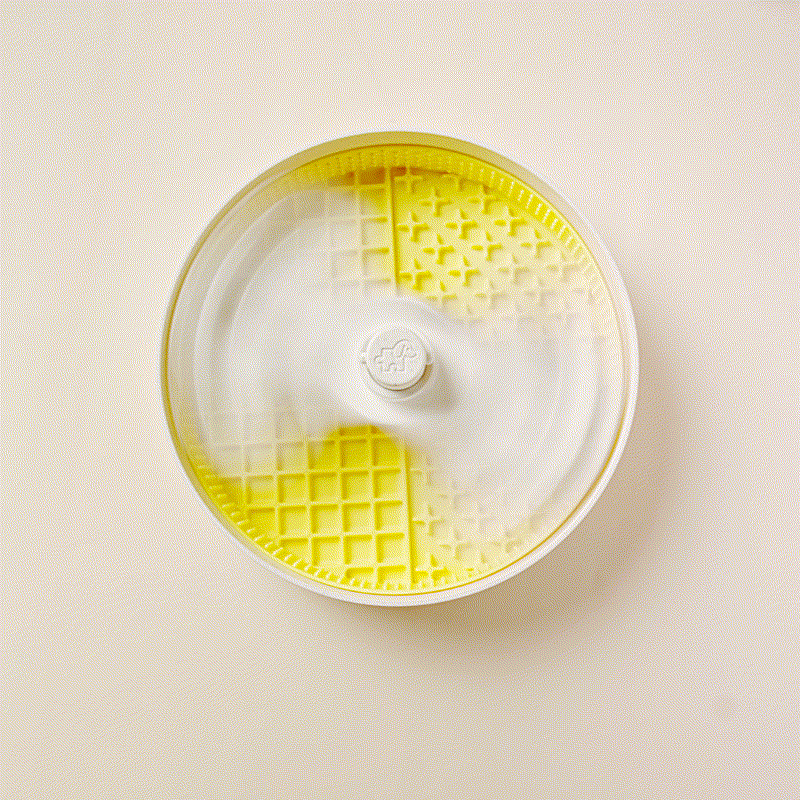

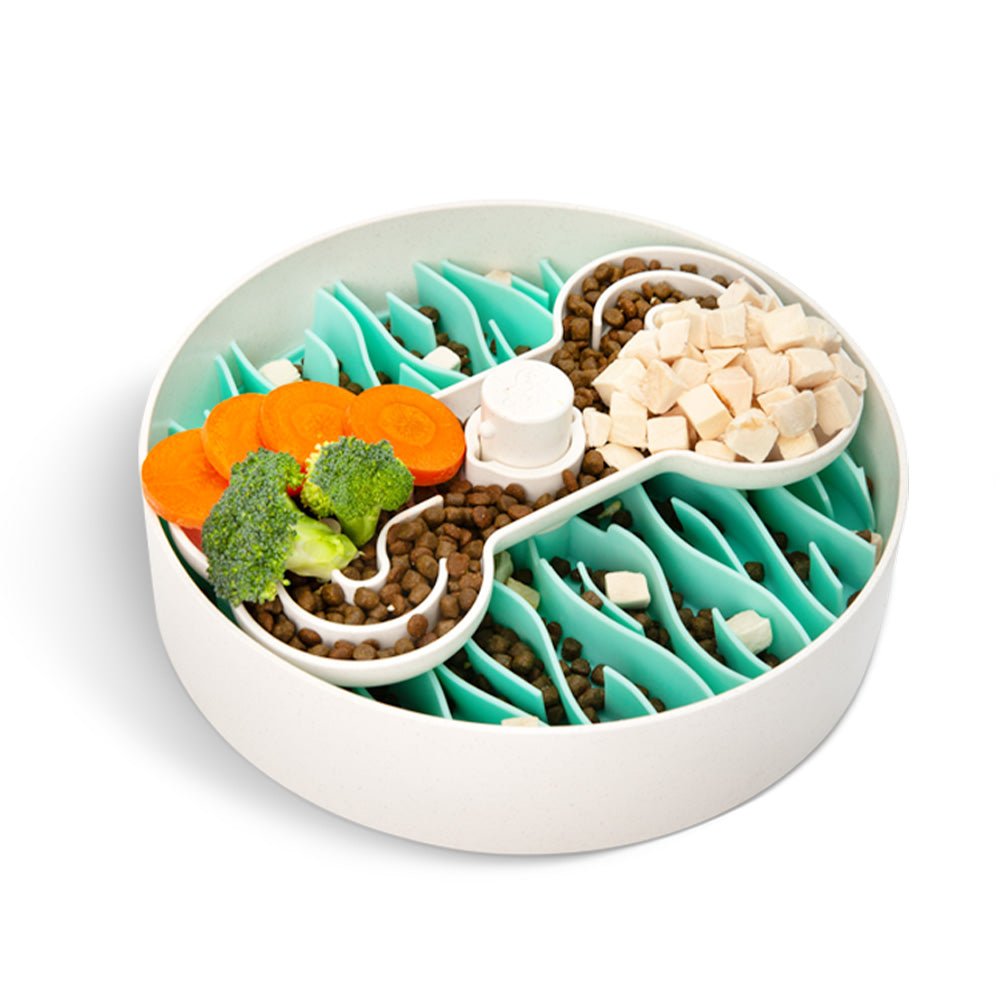
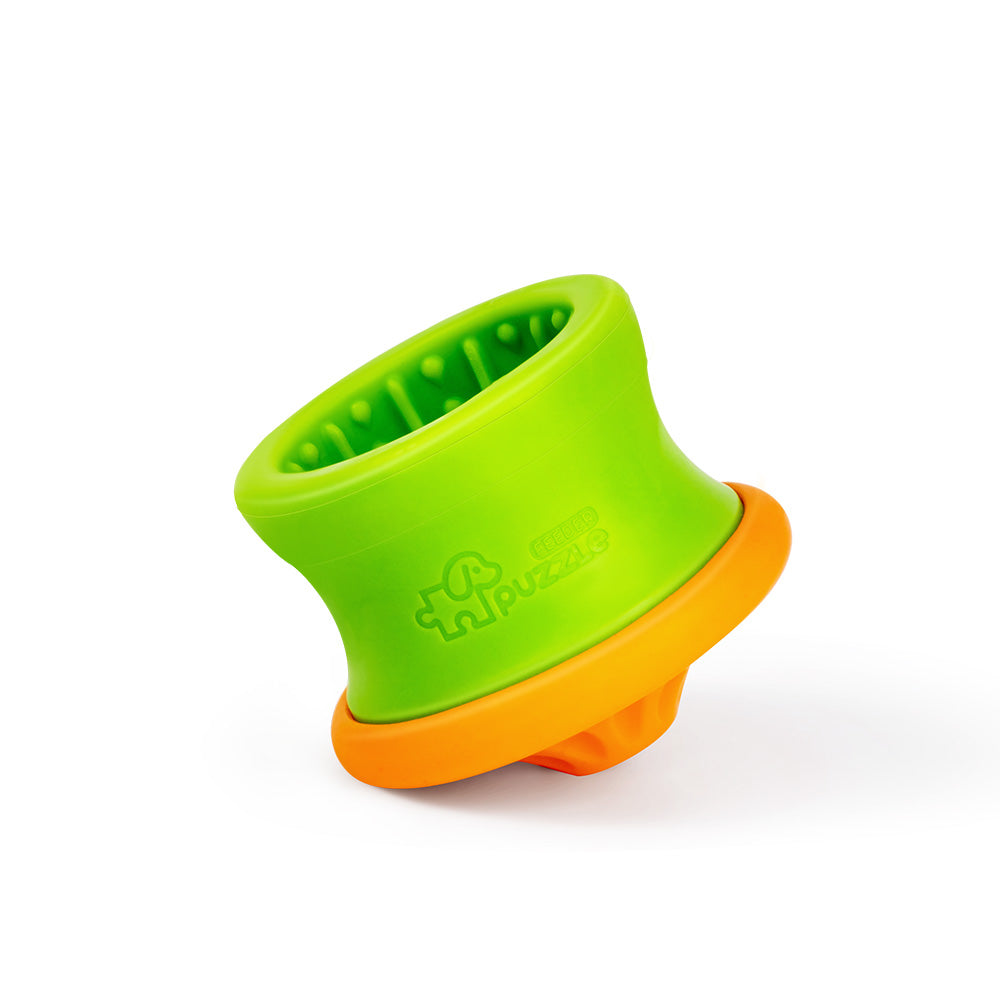
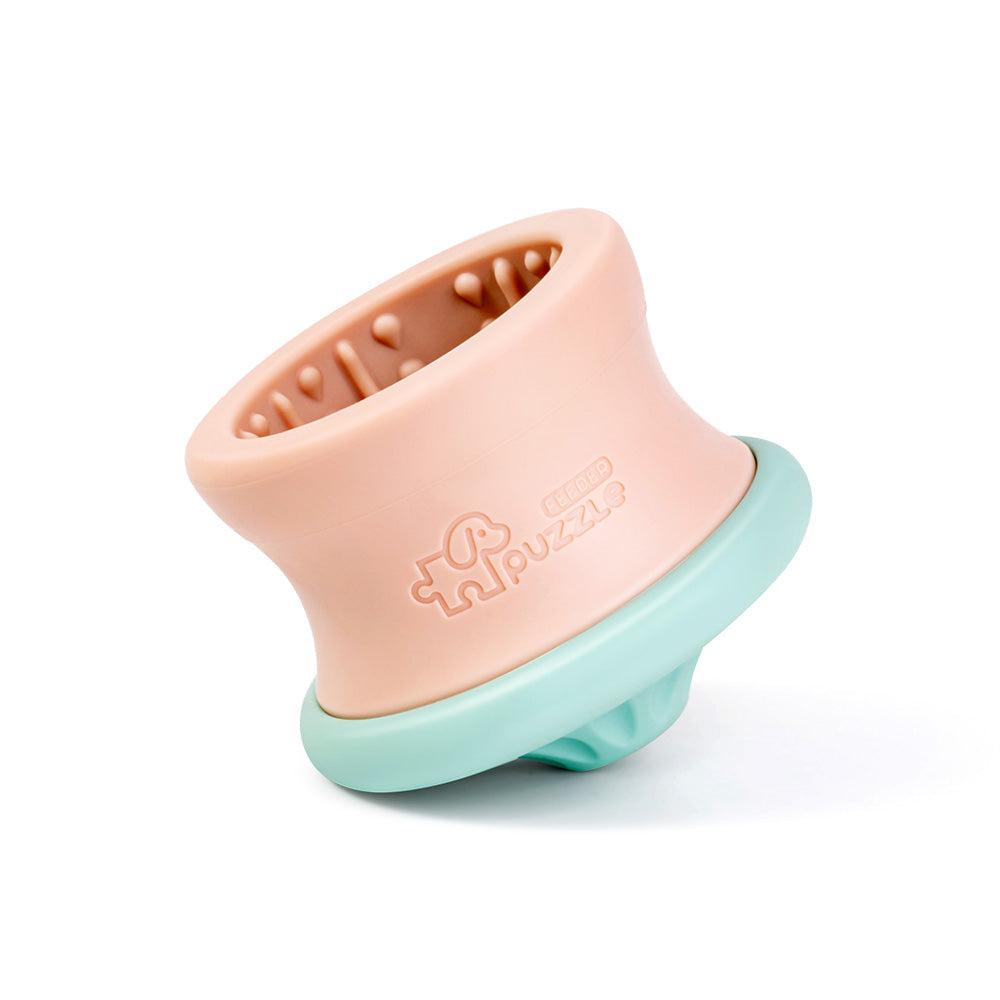
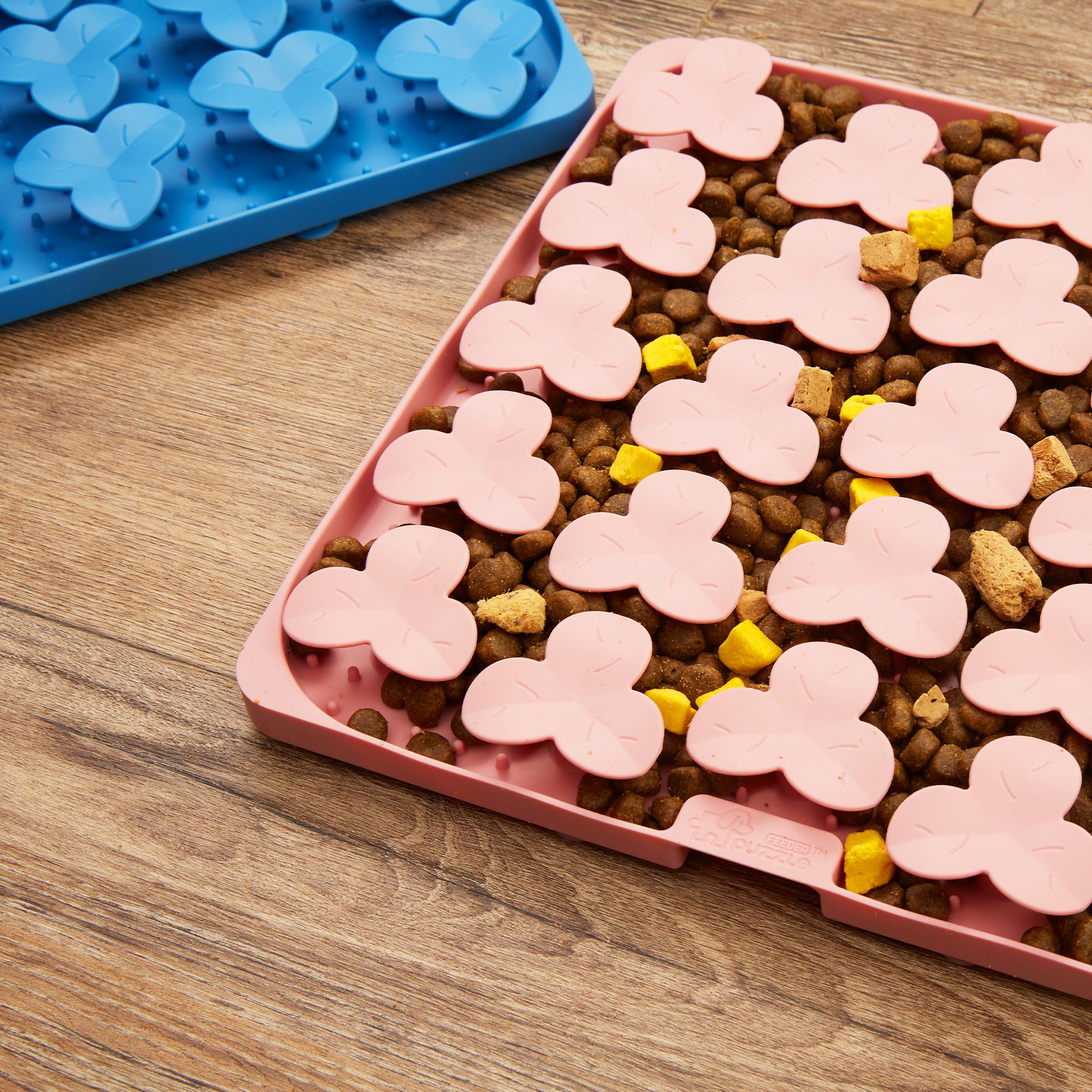

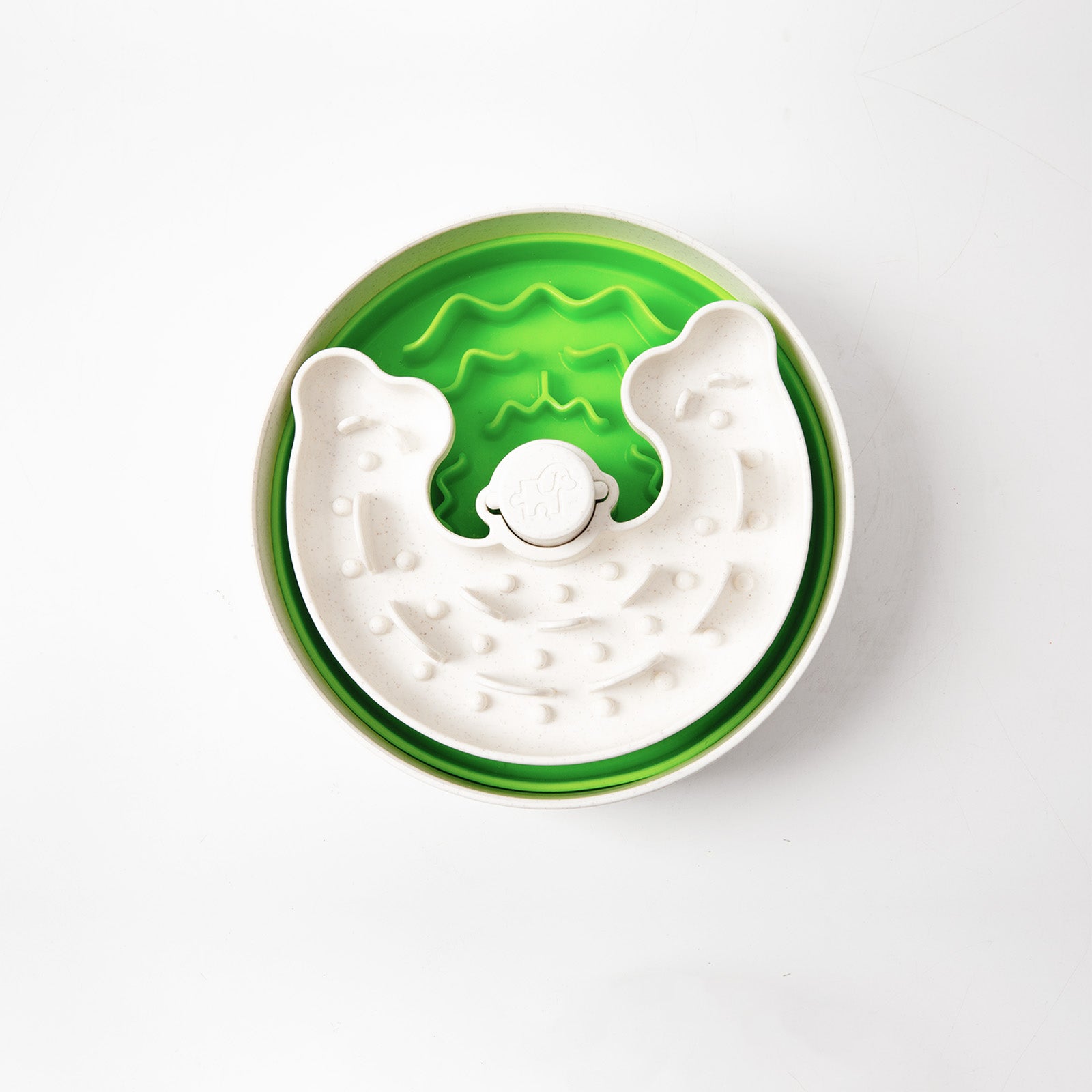
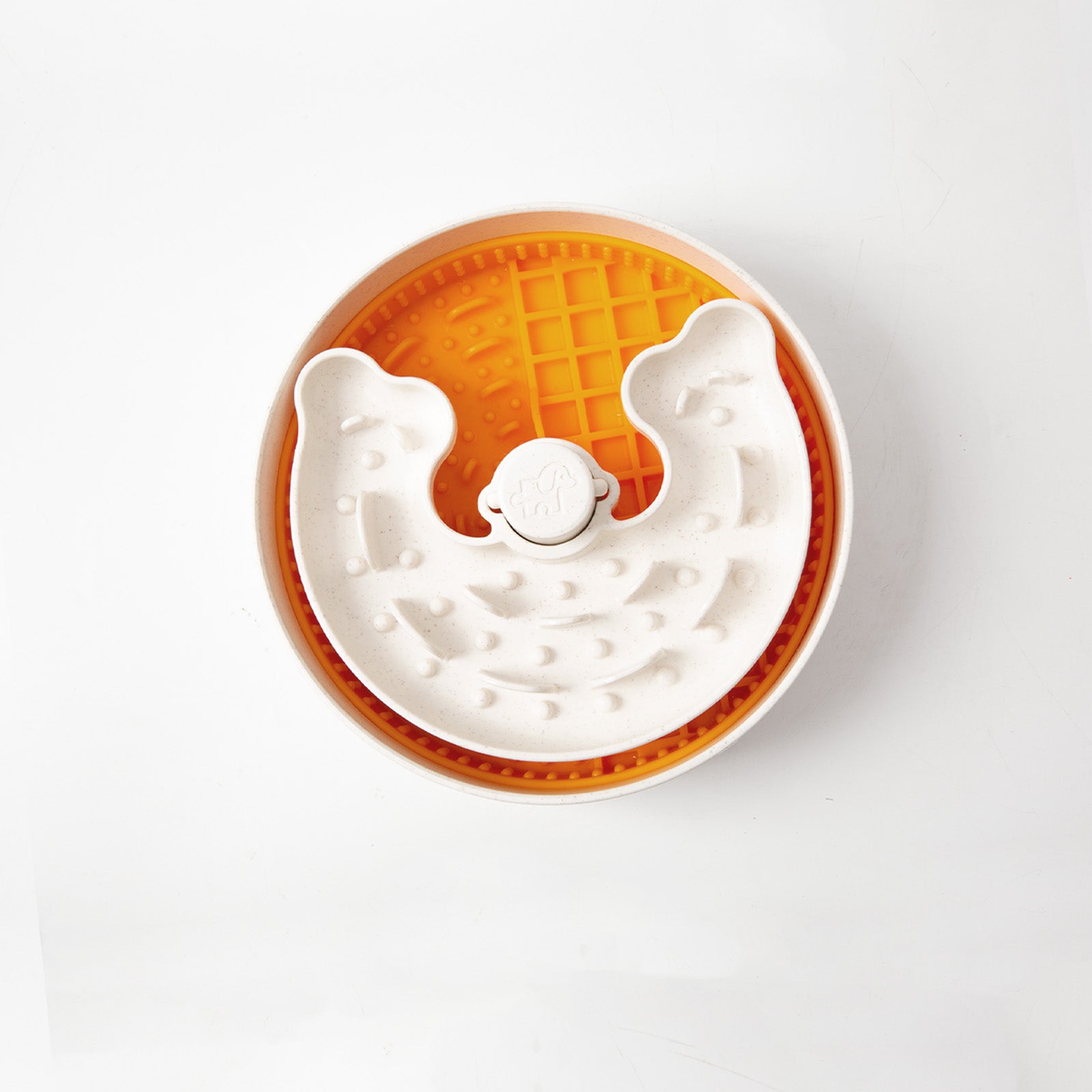
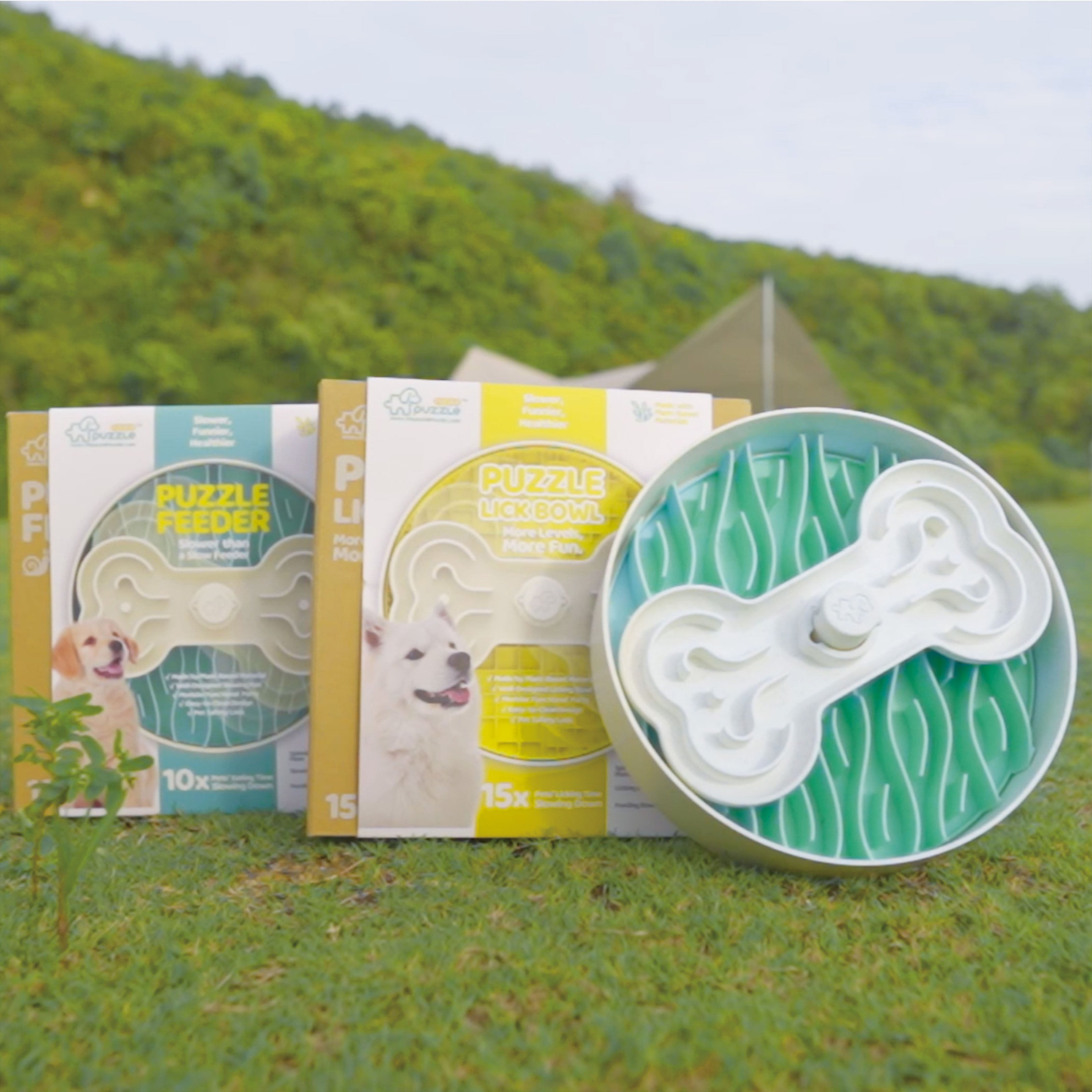





Оставить комментарий
Все комментарии перед публикацией проверяются.
Этот веб-сайт защищается hCaptcha. Применяются Политика конфиденциальности и Условия использования hCaptcha.